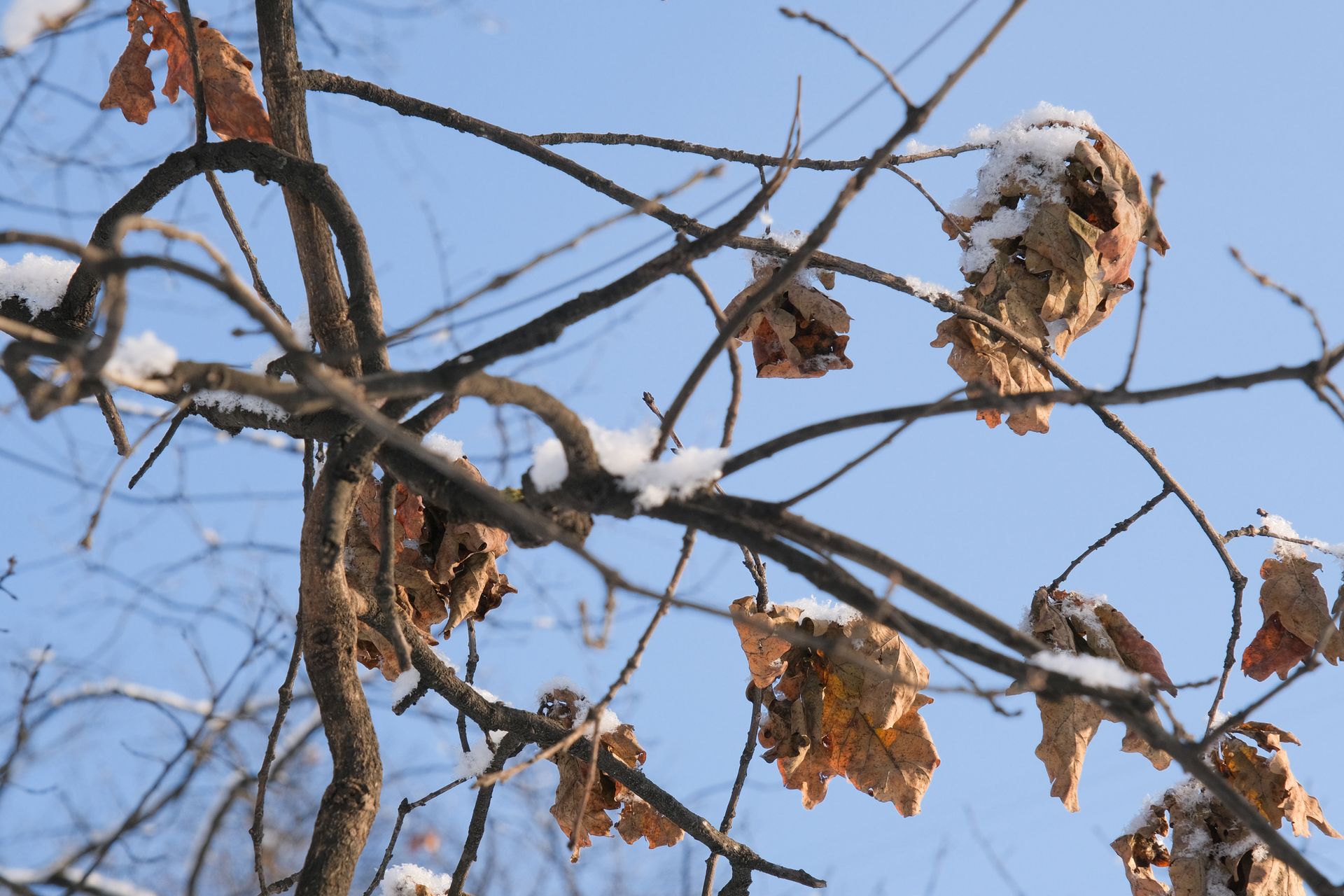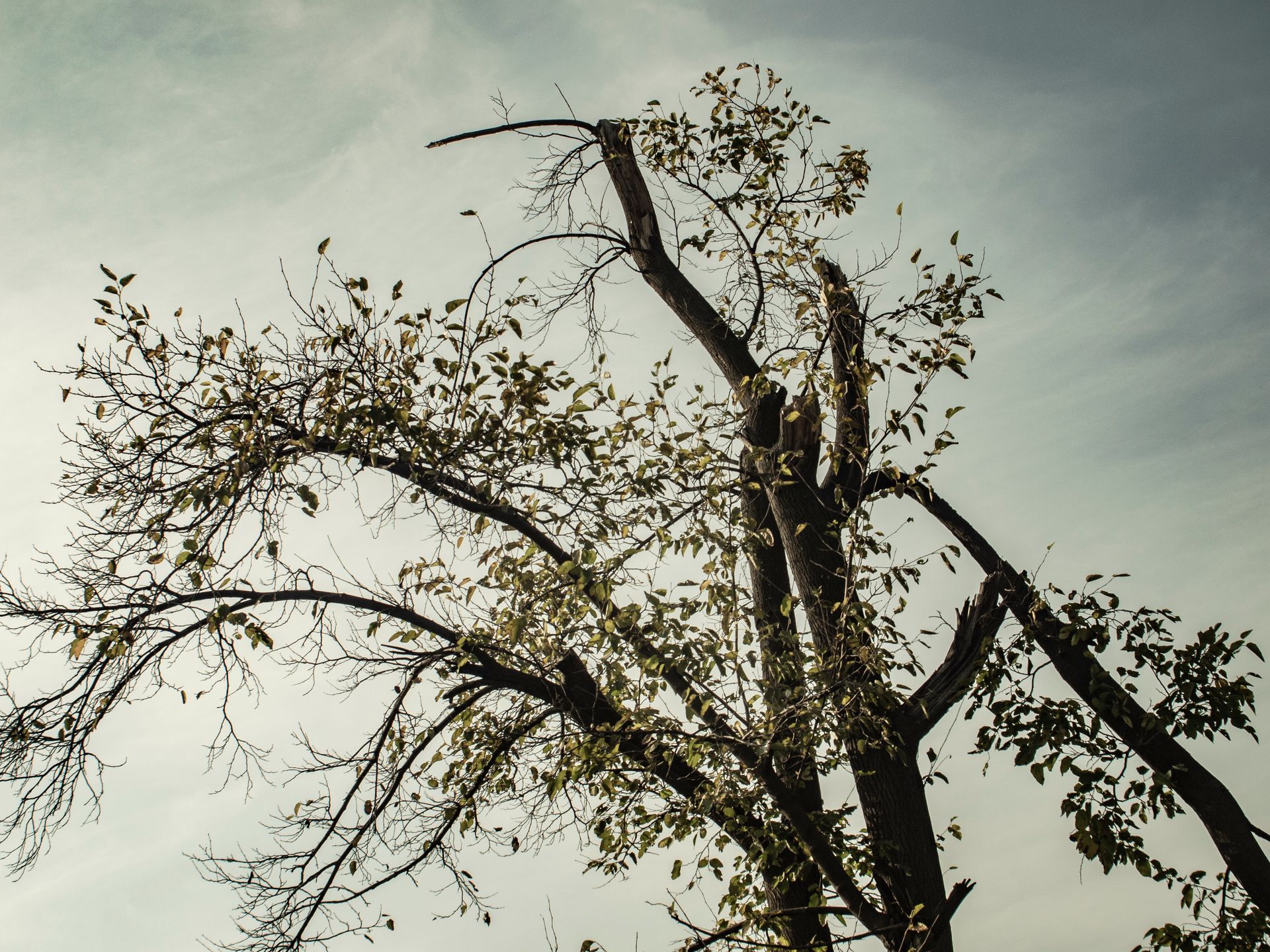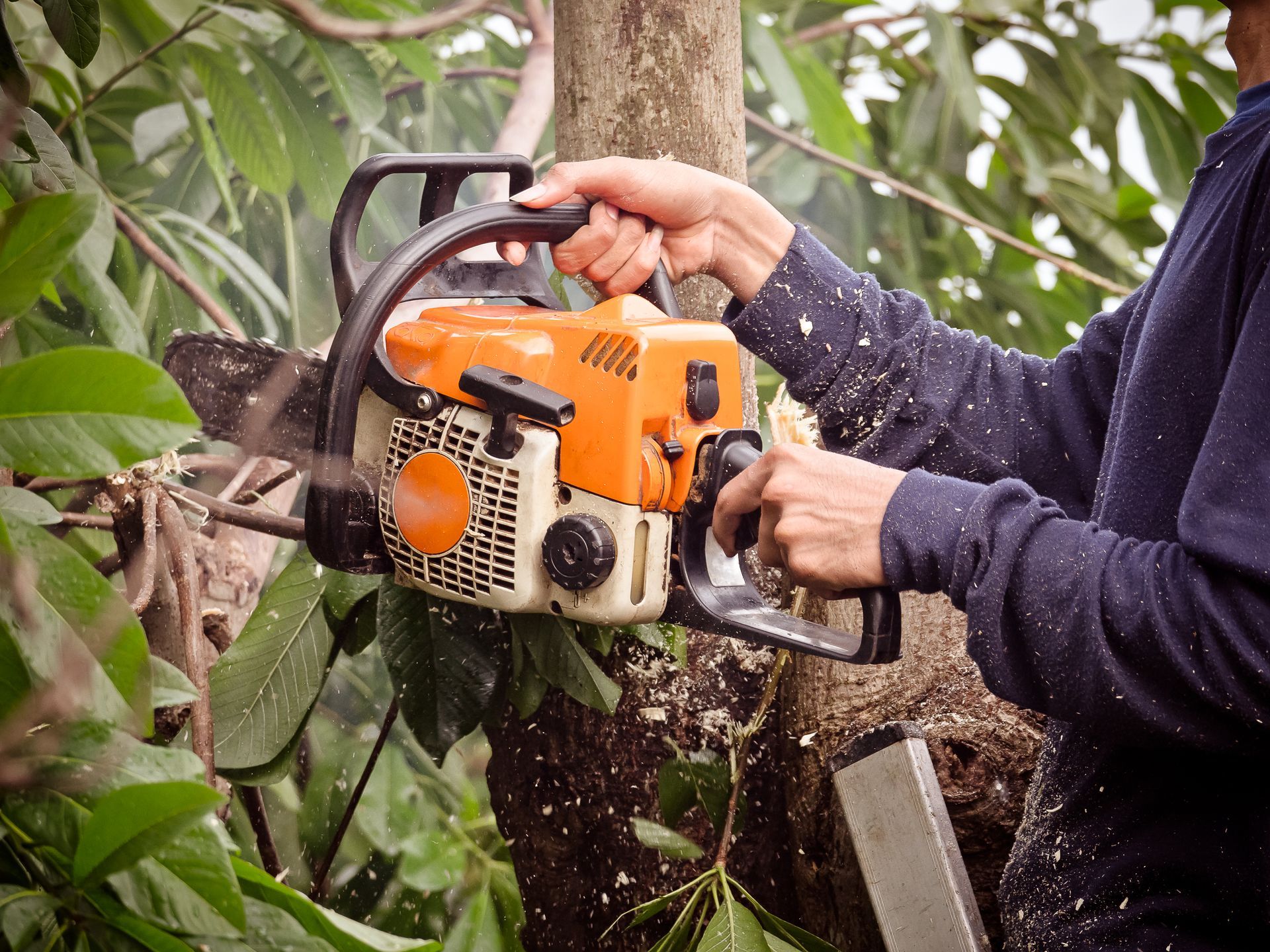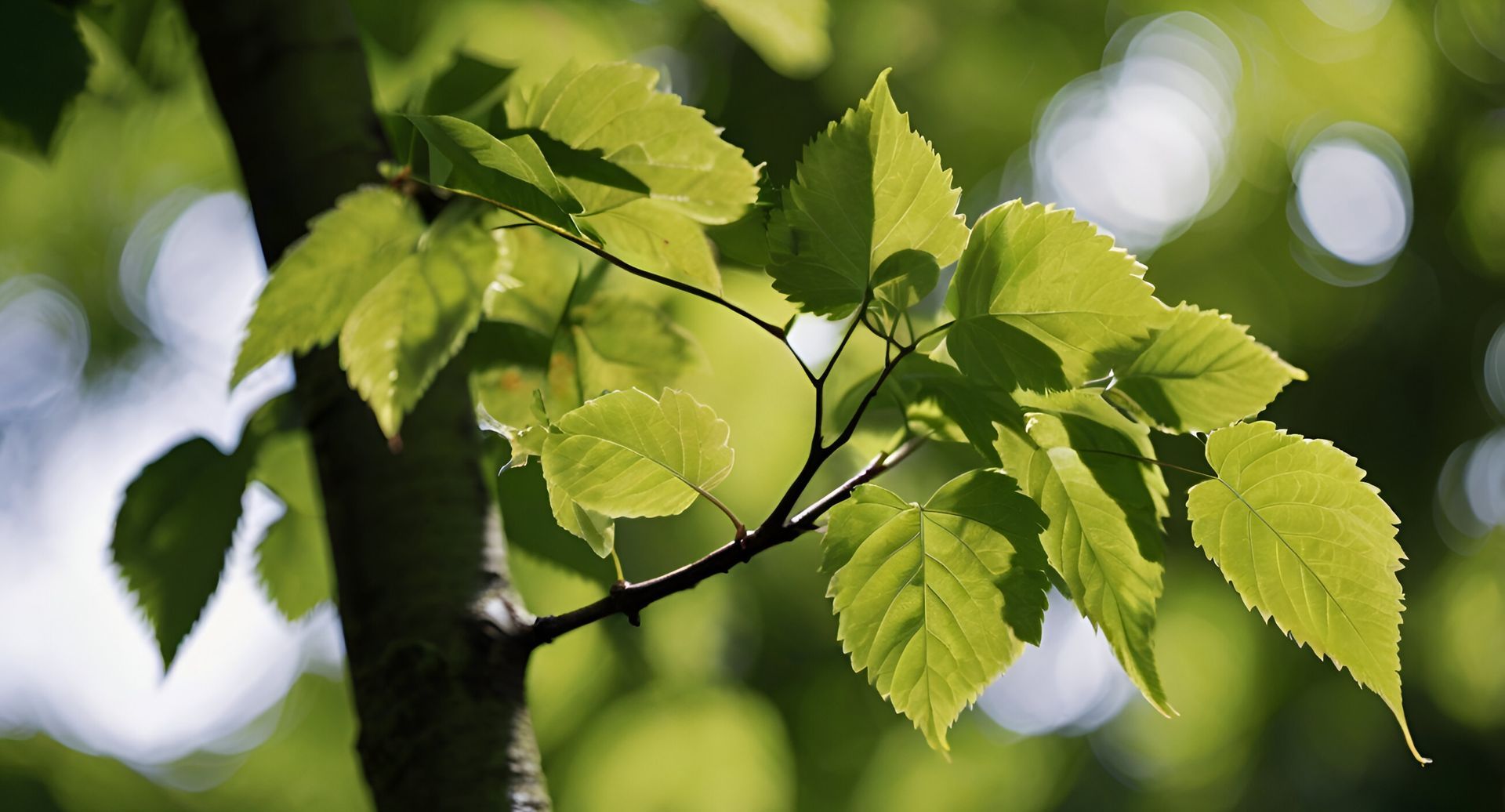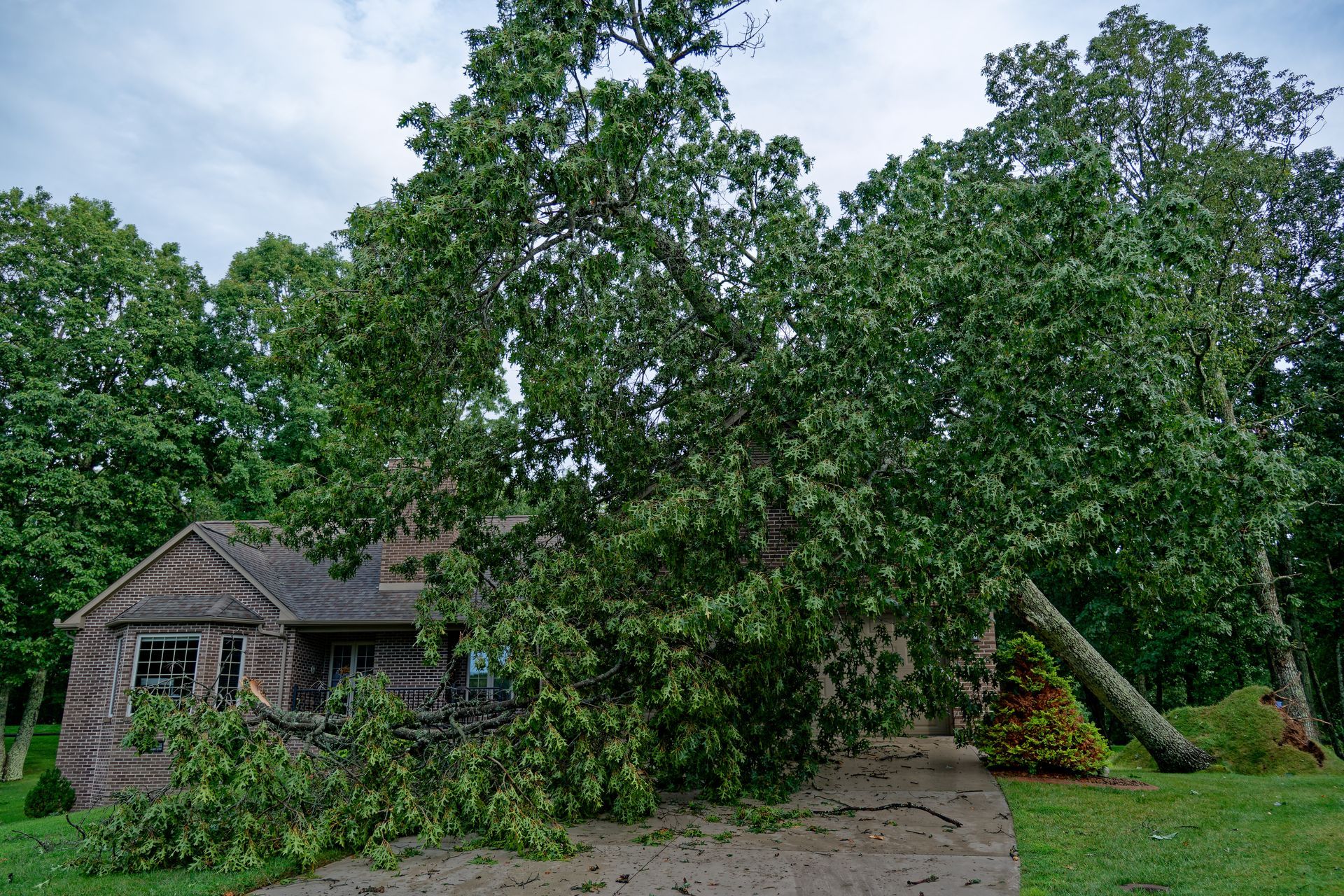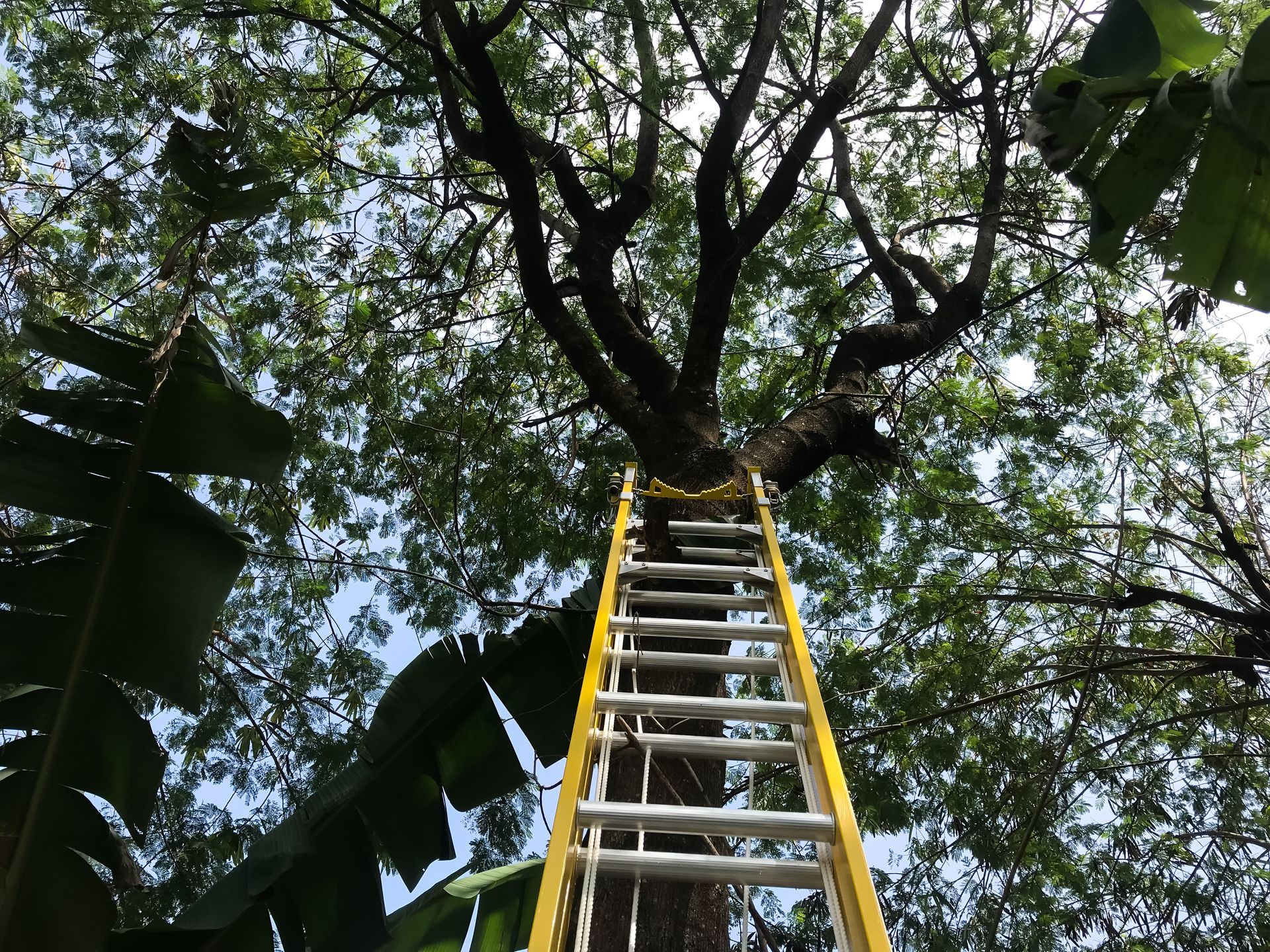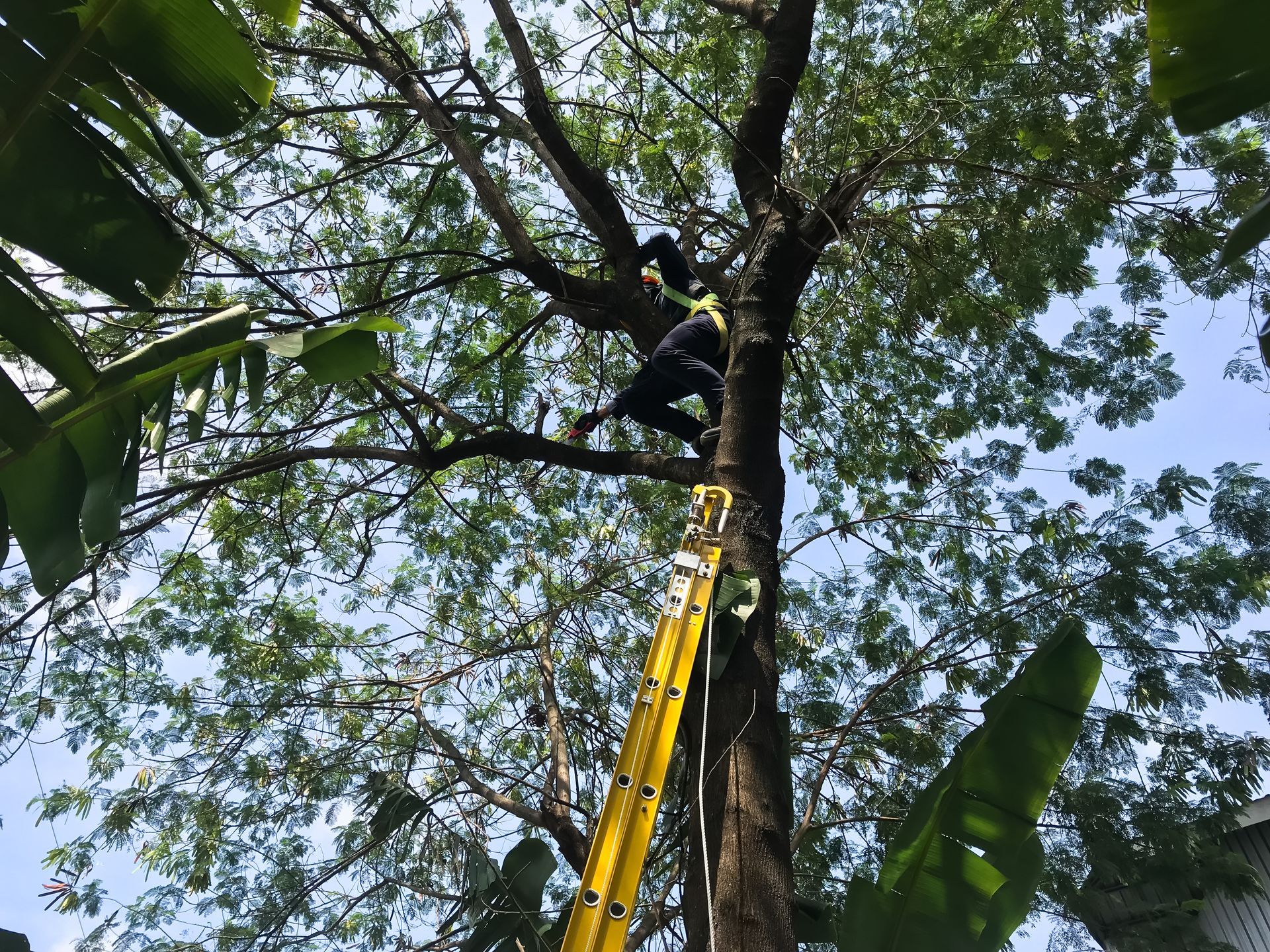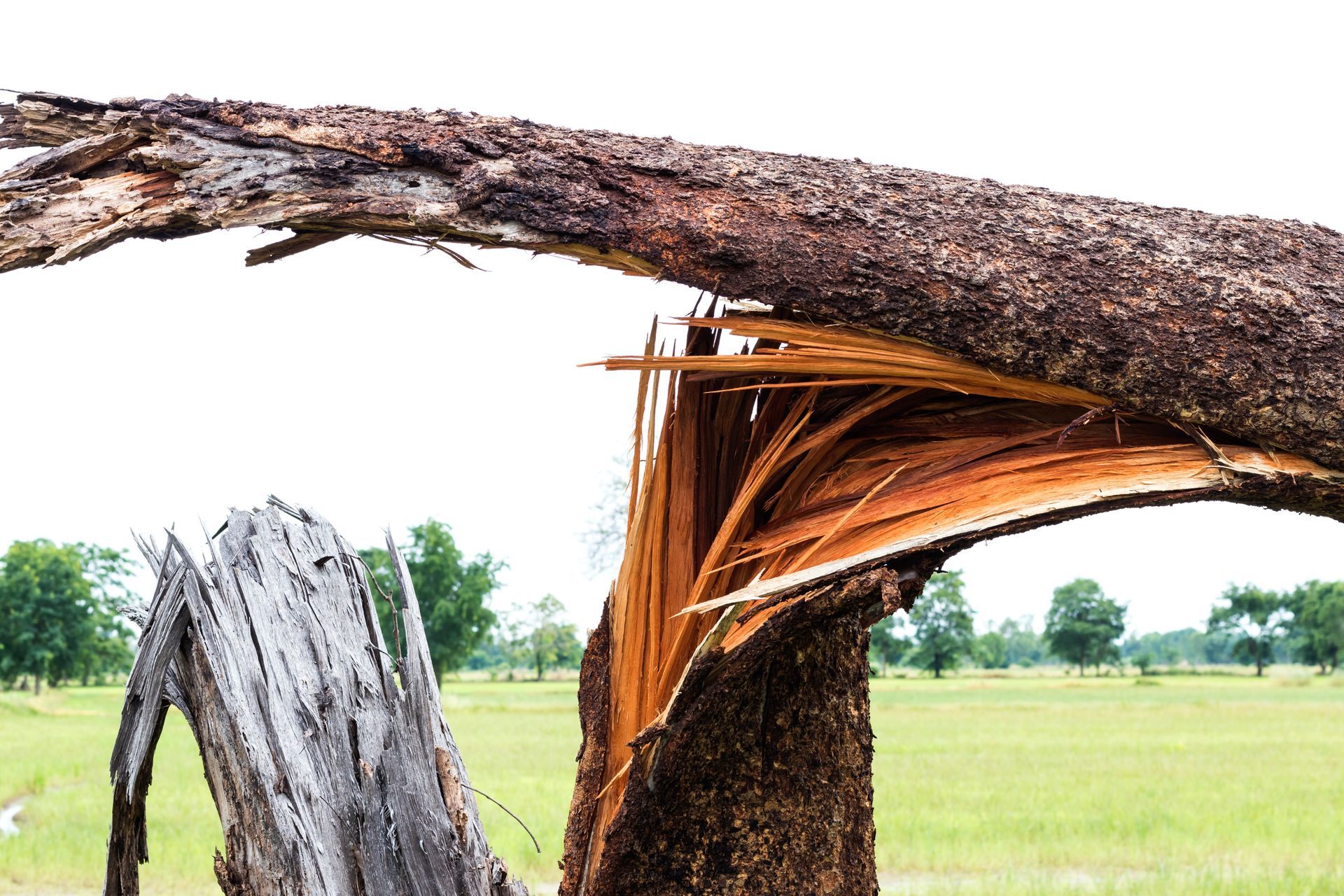Do Most Tree Service Companies Have an Arborist on Staff?
Does Every Tree Service Company Have an Arborist?
Exploring the Role of Arborists in Tree Care Services:
When caring for your trees, you want to ensure that you're working with professionals with the necessary expertise and qualifications. One question often arises is whether most tree service companies have an arborist on staff. In this guide, we'll explore the role of arborists in tree care services and whether it's common for tree service companies to employ them.
What Exactly is an Arborist?
An arborist is a professional that is trained in the care and maintenance of trees. Arborists are knowledgeable about the biology of trees, as well as proper pruning techniques, tree health assessment, and tree risk management. They are often certified by organizations such as the International Society of Arboriculture (ISA) and follow industry standards and best practices.
The Role of Arborists in Tree Service Companies
While only some tree service companies have an arborist on staff, many reputable companies do employ arborists or work closely with them. Arborists play a crucial role in ensuring the health and safety of trees and protecting people and property around them. Here are some of the critical responsibilities of arborists in tree service companies:
- Tree Health Assessment: Arborists are trained to assess the health of trees and identify any issues affecting their health or structural integrity. They can recommend suitable treatments to improve the health of trees.
- Pruning and Trimming: Arborists are skilled in proper pruning techniques to improve tree structure, remove dead or diseased branches, and promote healthy growth.
- Tree Removal: When tree removal is necessary, arborists can safely and efficiently remove trees while reducing the impact on surrounding trees and structures.
- Tree Planting and Care: Arborists can recommend suitable tree species for your property and guide proper planting and care practices to ensure the tree's long-term health.
- Emergency Tree Care: During storms or other emergencies, arborists can assess tree damage, remove fallen trees, and provide advice on how to mitigate further damage.
Working with a Tree Service Company that Employs Arborists
When choosing a tree service company, it's essential to inquire whether they have an arborist on staff or work with certified arborists. Arborists bring expertise and professionalism to tree care services that can ensure the safety and health of your trees. Additionally, working with a company that employs arborists can give you peace of mind, knowing that your trees are in capable hands.
While only some tree service companies have an arborist on staff, many reputable companies do employ arborists or work closely with them. Arborists play a critical role in tree care services, ensuring the health and safety of trees and the surrounding environment. When choosing a tree service company, consider working with one that employs arborists to ensure your trees receive the best possible care.
